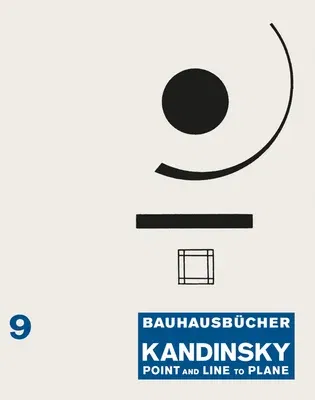Wassily Kandinsky: Point and Line to Plane: Bauhausbücher 9Hardcover, 31 August 2021

Qty
1
Turbo
Ships in 2 - 3 days
Only 2 left
Free Delivery
Cash on Delivery
15 Days
Free Returns
Secure Checkout

Print Length
208 pages
Language
English
Publisher
Lars Muller Publishers
Date Published
31 Aug 2021
ISBN-10
3037786620
ISBN-13
9783037786628
Description
Product Details
Book Format:
Hardcover
Country of Origin:
US
Date Published:
31 August 2021
Dimensions:
23.37 x
18.54 x
2.03 cm
ISBN-10:
3037786620
ISBN-13:
9783037786628
Language:
English
Pages:
208
Publisher:
Weight:
521.63 gm